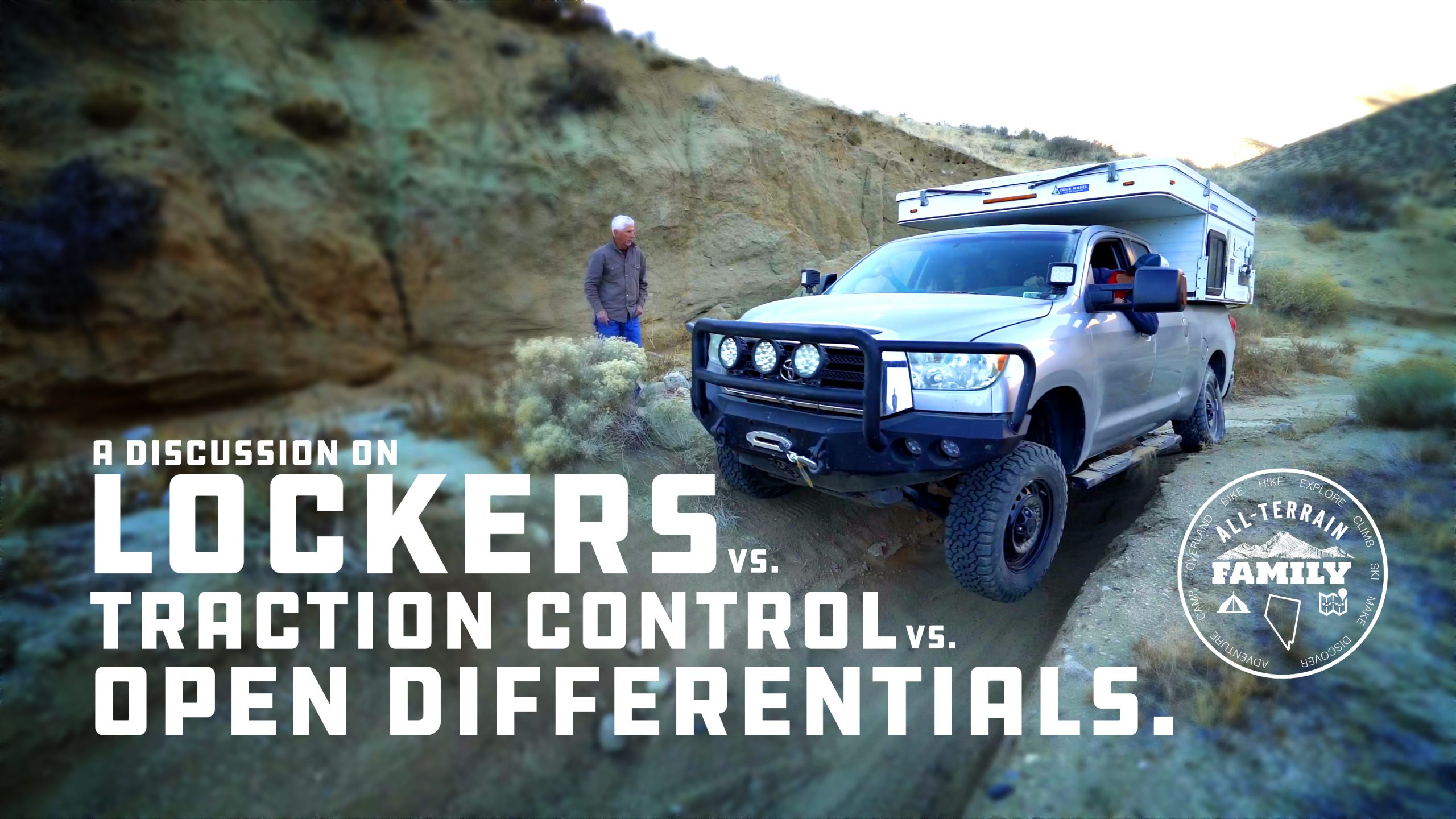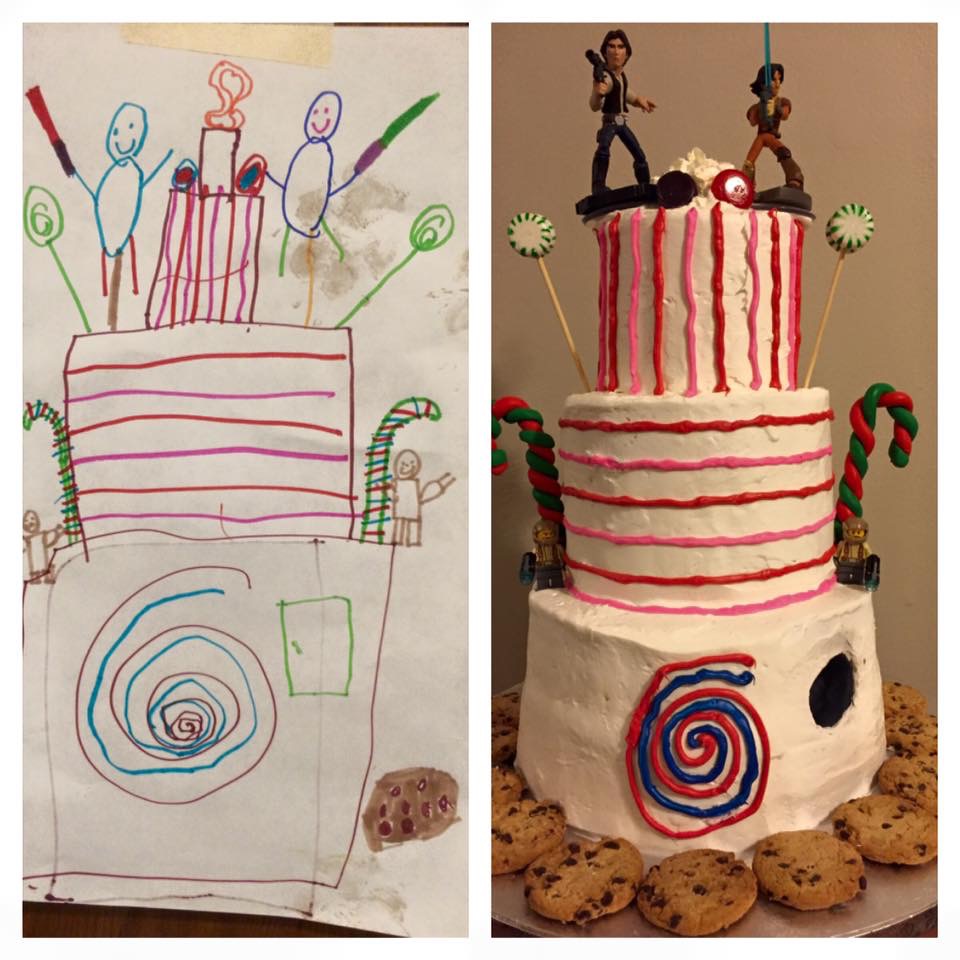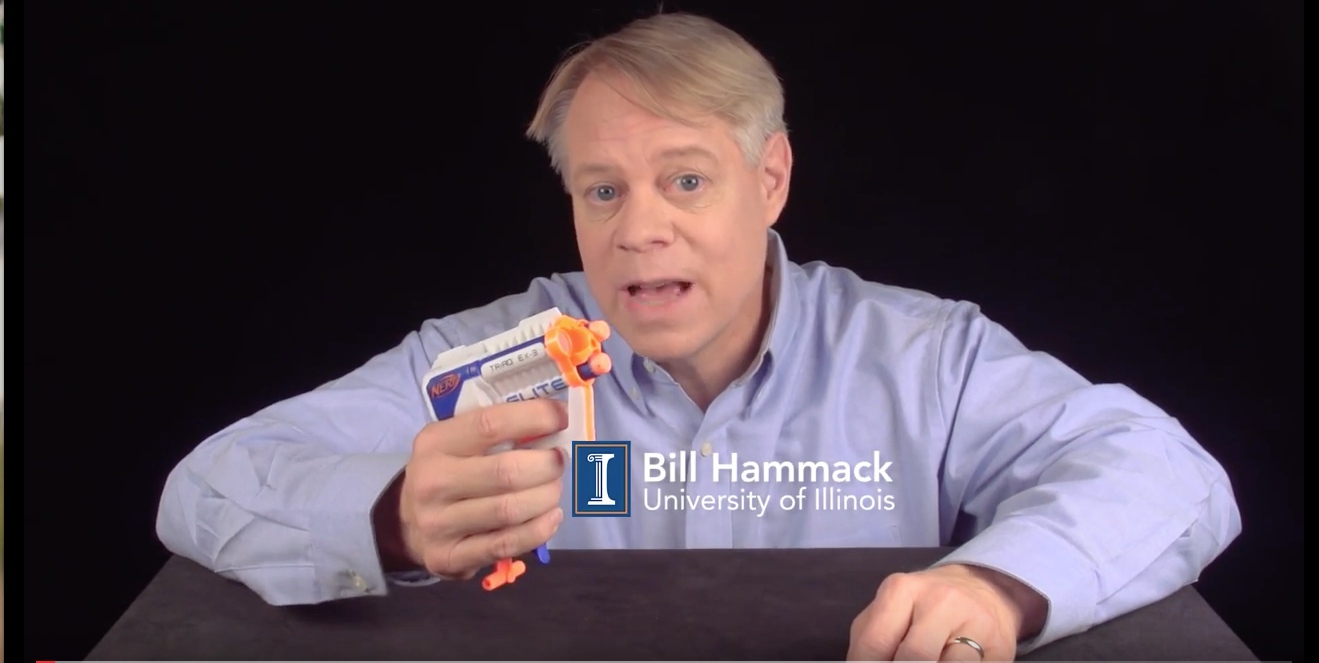A few years ago Tom Dickson of Blendtec blenders started a great video series called Will It Blend showing off the prowess of their product by blending common household items. It’s a great little glimpse into the world of what if. My favorite is the glow stick episode.
Why it blends
Well, Waring Blenders has responded and taken the next step and taken a look at WHY things blend. The comany seems to have partnered with ChefSteps to create content illuminating the physics of blending. Turns out the blades in a blender puree your strawberry banana iPhone smoothie in two ways: Impact and Cavitation.
Impact Blending
First thing a blender does is make small chunks out of big chunks. This is the first step in the process:
Cavitation Blending
The second step is to make tiny chunks out of small chunks by ripping apart the liquid the chunks are floating in through a phenomenon called cavitation.
Cavitation
Cavitation is fairly common in things that go really really fast.
Cavitation is the formation and then immediate implosion of cavities in a liquid – i.e. small liquid-free zones (“bubbles”) – that are the consequence of forces acting upon the liquid.[1] It usually occurs when a liquid is subjected to rapid changes of pressure that cause the formation of cavities where the pressure is relatively low. [Wikipedia]
Here’s an image of cavitation bubbles following a spinning motor boat propeller:

Here’s a diagram of how the cavitation bubbles implode.

The implosion of cavitation bubbles is strong enough to even damage metal.

Cavitation is also a good way to make things like peppers and broccoli more or less invisible constituents of things like Mac-N-Cheese and Spagetti Sauce…
-Mike











Add comment